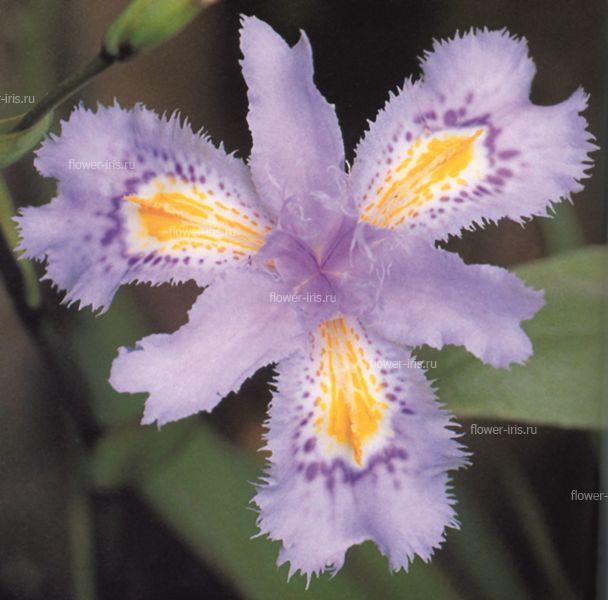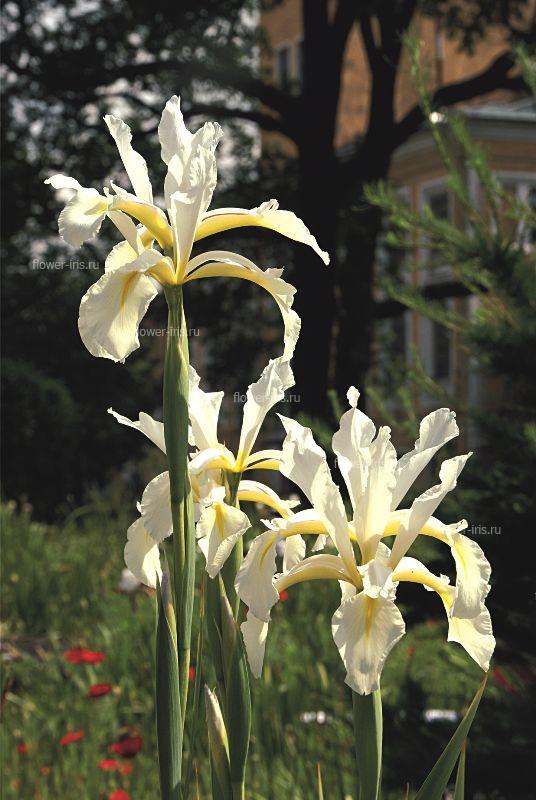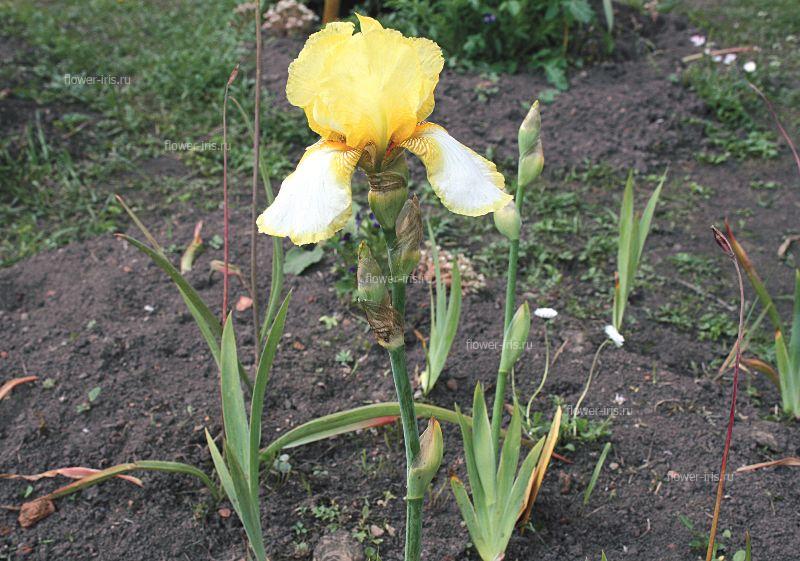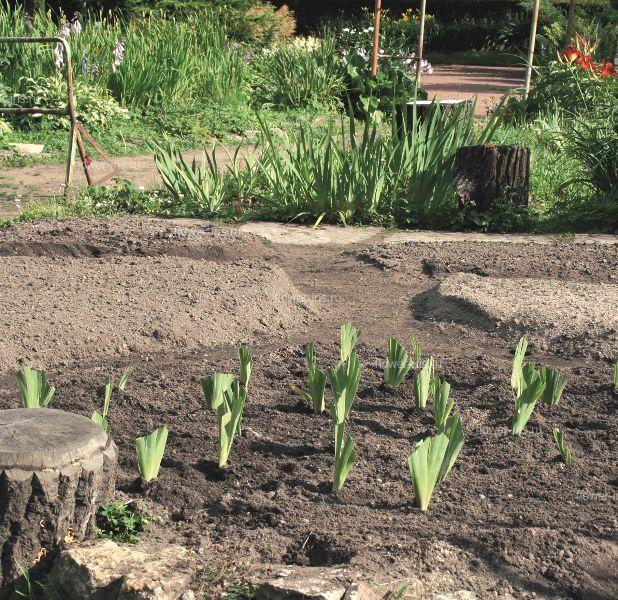|
News Photo Gallery |
Subgenus Tenuifolia (Tenuifolia) - fine-leaved irisHomepage → Books on Iridarium (Iris Garden) → Look in the book → Subgenus Tenuifolia (Tenuifolia) - fine-leaved iris
Introduction
Create iridariya Family Iridaceae Bulbotubers Bulbous Rhizomatous Genus Iris Subgenus Iris Subgenus Limniris Subgenus Eremiris Subgenus Xyridion Subgenus Tenuifolia Genus Pardanthopsis The exhibition "Iris Russia" Exposure Iris garden Cultivate Insect Pests and diseases of Irises Literature The translation is done through the service translate.google.com. Rhizome forms tufts of pressed together short branches. Leaves linear, narrow, rigid. Peduncle hidden in the turf. Outer perianth lobes obovate, curved down, nail flattened, directed obliquely upwards. Box of oval to oblong, 3 (6)-face, revealed three divergent flaps. In subgenus Tenuifolia are 9 species. Almost all of them are grown in Asia, and only one species, since fine-leaved (I. tenuifolia), represented by numerous populations in the European part. In nature, they can be found in the mountain, open to the sun, most sagebrush-grass steppes on clayey and clayey-gravelly slopes, coastal sand and gravel shoals with alkaline soils, in the crevices of rocks, from 1000 to 4200 m Grows singly, but occasionally formed thickets. Have high heat-and drought resistance. K. Jungar (I. songarica), which grows in the desert regions of Uzbekistan, is a valuable raw material plant (Erezhepov, 1970). I. loczyi Kanitz - K. Lochan. The leaves are thin, rigid, 10-30 cm long., 2-4 mm wide. Flowers are about 4-6 cm in diameter., With a fairly long perianth tube - 10-14 cm, with little or no stalk, with pale blue or bluish-purple inner perianth lobes and pale yellowish-cream or dirty-white, with a mixture of yellow center, the outer perianth lobes, with purple-blue veins. Capsule 2-5 cm long, rather thick, with a thin nose at the end. The seeds are dark brown, with a slight sheen. Central Asian species represented numerous populations occurring in Russia at the border area in Central Siberia. There are several locations in the Republic of Tuva Erzin kozhuun - env. Pos. Naryn lake. Tere-Khol village. Saryg-Bulun, Mount Onchalaan. Outside Russia, the spread of Eastern Afghanistan to Central Asia (Tien Shan and Pamir-Alai). Xerophytic, psammofit forms tufts up to 40 cm in diameter and 15-30 cm high. It grows in the mountains, most sagebrush-grass steppes on loess, clay and clay and gravelly slopes, coastal sand and gravel shoals and in the crevices of the rocks, from 1000 to 4200 m, often clumps. Blooms in late May. Fruits in June-July. I. tenuifolia Pall. - K. fine-leaved. The leaves are thin, rigid, straight or curved, up to 40 cm long., 1-1.5 mm wide. Peduncle short, 2-5 cm long. The flowers are blue-violet. Involucral leaves thin, lanceolate, folded lengthwise, straw-yellow. Capsule ovate-triangular, with a small spout. Seeds are oval, brown. Eurasian species represented numerous populations occurring in Russia at the edge of the south-east of the European part of Russia and south-west Siberia to Dauria. Outside of Russia - Kazakhstan, northwestern China and Mongolia. Xerophytic, psammofit forms tufts up to 40 cm in diameter and 15-30 cm in height. It grows in sandy steppes, semifixed and shallow sands, river banks and open sun steppe and desert-steppe stony rocky slopes of hills and mountains. Blooms in late May and early June. Fruit in late July-early August. I. ventricosa Pall. - K. swollen. Leaves are linear, 30-40 cm long., 3-4 (6) mm wide. Above stems. Stems 10-15 cm long., Usually with two gray vaginal leaves. Flowers pale blue bracts are very large, highly inflated, bumagovidnye with reticulate venation. Triangular box with edges at the top with a long edge, equal to a box or a little longer. Seeds are round, light brown. Siberian and Far Eastern species represented numerous populations occurring in Russia at the border area in eastern Siberia (south-east of Chita Oblast.) And the Far East, Primorye. Outside Russia, the spread in Mongolia and China. Grows in steppes, steppe dry rocky slopes and depressions with alkaline soils. Often grows singly, but sometimes forms thickets. Blooms in June. Fruits in late August and early September. |


 Eng
Eng









